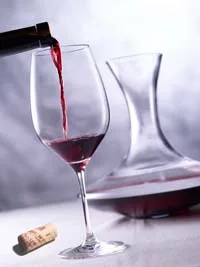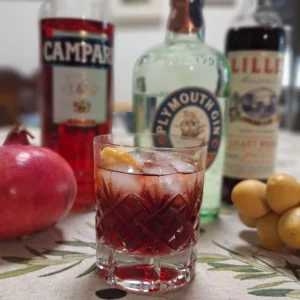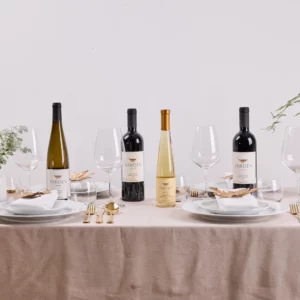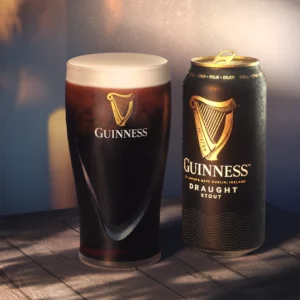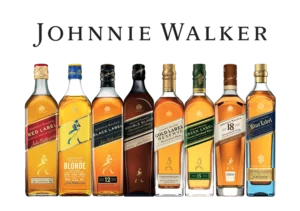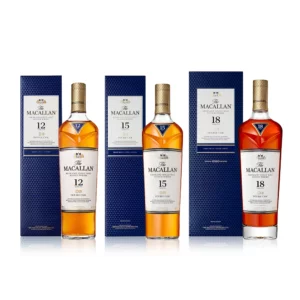Visiting a restaurant is a standard procedure for many. However ordering the wine can be a big ordeal. Even people with great confidence and power in their business lives, can shudder at the prospect. It is rather like someone being honored by an Aliyah in synagogue for the first time. What is routine for many can reduce an assured CEO to jelly if he is not used to it.
You are handed a long wine list. There are rows of complicated names. Panic sets in and you go glassy eyed. What to choose Where to look Firstly decide whether you want red or white wine and have an idea of your budget. Look for a brand or grape variety you know or check out the wines at the price you want to pay. Basically it is a choice of either what you know or the conscious decision to try something new.
Ordering wine is not so much different from ordering food. You don’t have to be a big expert. Don’t be afraid to ask for help. You ask for an explanation about the food without fear of retribution. Why not do the same regarding the wine The sommelier, wine waiter or waiter staff should be more informed than you are. Use their expertise. You can explain, “I like Shiraz, what do you have similar” Or you can point to wine in the list and explain: “I want something in this category.” They will then know your target price.
In fact the restaurant scene is the best place to try something new, but choosing what you know and like is okay. Don’t be pressurized into trying to match the wine with the food. Today we say: “match the wine to mood, not to food.” Anyway it is an impossible task in a big gathering. The more you ask, the more suggestions there will be and what was a difficult enough task will only become more difficult. Just ask whether people want red or white, then my recommendation is you choose what you like.
Don’t feel you have to commit to a bottle. If ‘she’ wants to start with a sparkling wine as an aperitif and ‘he’ prefers a dry white wine. Then she wants to follow up this with a dry white wine with the meal and he wants a red wine. The only way to give everyone the flexibility they want is to choose wines by the glass. You don’t have to commit to a whole bottle, you can try different things and everyone can drink what they want.
I like a restaurant with a good and innovative choice of wines by the glass. I love the opportunity to skip from glass to glass, exploring new things. You avoid the risk of having bought a bottle that may be disappointing from its first sip.
Restaurants these days take more trouble to provide interesting by the glass options. I just wish they would go to the trouble of pouring my wine by the glass from the bottle in front of me, rather than producing as if by magic, a glass full of something, which just may or may not be what I ordered! Just avoid restaurants with too many wines by the glass unless they use wine saving devices.
If you do order a bottle, the waiter will open it in front of you and then pass you the cork as though it is the crown jewels. You are meant to sniff the cork and look suitably impressed. No need. A cork smells … well, like wine soaked tree bark. So if you are handed it, you can decline or just put it down without having to feel that it will unlock the secrets of your wine.
The waiter will ask who wants to taste the wine. The honor is normally given to the person who has ordered the bottle, male or female. Wine service should not be sexist. All you have to do is take the glass by the stem, agitate it slightly (or swirl the wine by making a half circle of the glass on the table), and then put your nose in it. Take a short sharp sniff. If it smells ok, there is really no need to taste it. Tell the waiter that he/ she has your permission to pour.
Remember the theatre of wine service is not for you to say you like the wine or not. It is an opportunity for you to check it is the wine you ordered and you can decide if its temperature is to your liking but you should only send it back if it is faulty in some way.
Don’t be afraid to ask for an ice bucket for your red wine. Red wines are usually served too warm in Israel. Too warm for me is room temperature. A wine can lose its shape in our climate, especially with high alcohols we have here. I prefer my red slightly chilled which can then gently warm up in the glass.
This means for home drinking, I put even the best red wines, (maybe especially the best red wines), in a domestic fridge for at least 20 minutes before serving. If wines in a restaurant are served from a wine fridge or cellar, then they may be already chilled. However if not, do not feel embarrassed to ask for it to be chilled for you.
Just always make sure the ice bucket has ice and water in it, (not just ice, which alone will not be effective,) and that it is filled. How often are you given an ice bucket with a smattering of ice just covering its base! Don’t be afraid to be assertive. It is your right as a customer. Even if you wanted ice cubes in your white wine, a restaurant should comply with goodwill and a smile. Ever heard of the customer always being right
We all have special wines at home that we are saving for a special day. Unfortunately that day never comes and we often only finally get to drink such wines when they are past their best. So don’t hesitate to take your special bottle to your next restaurant experience. Wine is meant to be drunk, not saved like a trophy. Corkage is normally 35 to 45 shekels. There is never wine on every table in even the top wine restaurants. So, most restaurants will appreciate your custom, even if you bring your own wine.
The corkage charge is a fair deal because a restaurant will open your precious bottle, provide quality glassware, pour the wine for you and your guests, and even wash up the glasses for you! That merits a charge. Even if they ask for more outrageous 75 shekels corkage, as a few brazen restaurants do, it still pays because restaurant prices are so high.
The etiquette is not to bring a wine that is already featured on the wine list and it is a nice touch to offer a taste to the wine waiter. In any case if I bring a red wine, I will often also buy a bottle of white. If you purchase a bottle, a thinking restaurant is likely to waiver the corkage fee. Bringing your own bottle is recommended. In fact it usually pays to do so.
Check out prices and reward those pricing with seichel. A restaurant wine should never be more than double its retail price. Restaurants should mark up by no more than three times. The charge for a glass of wine should not be more than the cost price of a bottle. Avoid those restaurants with ridiculous prices. As a rough guide, you could aim to pay for a bottle what you will pay for one diner’s meal.
A personal tip. In my view chefs are always at their best and most creative with the starters. Also portions are more manageable. I would just as well order an extra couple of starters, put them in the center of the table and share with family and friends with a variety of wines by the glass. Forgo the main course, no need to commit to a bottle and tiptoe from glass to glass. And enjoy!


